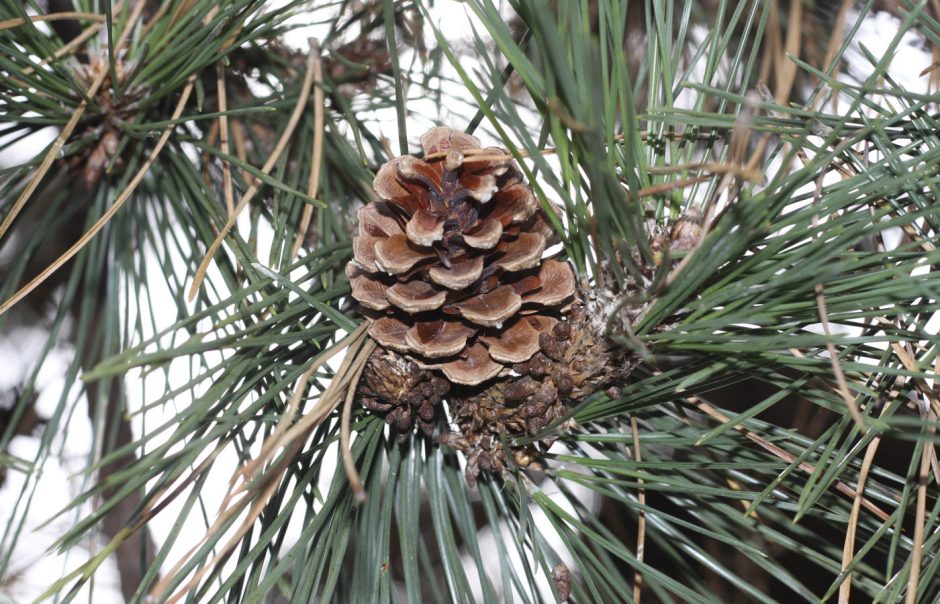
Pinus thunbergii
This month’s dispatch continues our examination of conifers at UBC Botanical Garden. As promised, pines—species in the genus Pinus—are the subject of the April blog and tour. I continue to hope that readers and visitors will find something interesting here, despite the absence of flowers (but there are plenty in the Garden!).
Pines are locally very common, both in the wild and as landscape plants, and because of their distinctive look, most people have no difficulty in recognizing them. All pines have needle-like leaves that are arranged in bundles, and their overwintering buds are partially-developed shoots encased in a protective resin. They are formed at the branch tips, and when elongating prior to needle expansion the shoots are commonly known as “candles.” These are usually visible from late winter and are most prominent in April and May.
There are approximately 120 species of pines, and they fall into two main groups. The “hard pines” have thick needles in bundles of mostly two or three, and hard, resinous wood, while the “soft pines” include species with needles in bundles of mostly five, and wood that is soft and comparatively less resinous. While there are exceptions, the two-needle pines have the shortest, darkest needles. They are also the most resilient and forgiving of all pines. Three-needle pines often have stout shoots and very long, dull green needles. These are mostly massive, heat-loving trees, especially common in drier montane habitats. Our BC-native ponderosa pine (Pinus ponderosa) fits here. As a group, the five-needle pines (also known as the white pines) have the slenderest, bluest needles, and also need the most protection from both drought and excessive moisture.
The Botanical Garden’s collection of pines mirrors to some degree that of the spruces and North American cypresses, in that these species do not tolerate significant shade, and so, are primarily located in areas of the Garden that are more open and exposed. For example, our single specimen of Pinus armandii subsp. mastersiana (Taiwan white pine) sits at the south (sunny) side of a mature western red cedar and western hemlock duo behind the Plant Centre. Together with our two specimens of the shaggy, long-needled, Chinese mountain pine, Pinus densata (both individuals along Straley Trail) these are the only pines inside the fences in the David C. Lam Asian Garden. The stout stems of P. densata are particularly well-endowed with persistent needles, which are borne in bundles of both two and three (densata means “crowded”).
The Carolinian Forest Garden houses a number of eastern North American pines. The largest and most obvious is the eastern white pine, Pinus strobus, which is native across southeastern Canada and the Maritimes, south to the southern Appalachians. The species is easily recognized by its silvery green stems and drooping tufts of soft, five-needled bundles (not unlike P. armandii subsp. mastersiana). The largest of these pines—in Bartram Grove—represents one of the first plantings in the Carolinian (in 2007). A similar-sized tree that was planted a year later is located in Tradescant Grove. In the Marshall grove is a pair of scrub pines, Pinus virginiana. This is another eastern pine, closely related to our native shore pine, and sharing with that species a sparse, shrubby, leaned-over look, and small, prickly seed cones. A somewhat more conventional-looking American native is Pinus rigida (pitch pine), a mostly Appalachian species recognized by its needles, which can be up to 20 cm long and count anywhere from two, three, four or five needles in a bundle. Other features include resinous buds and the ability to regrow from trunk sprouts, which is thought to be an adaptation to quickly growing back after crown fires. Our robust specimen is located in the Fraser Grove.
There are several pines gracing the lawns and beds surrounding the Roseline Sturdy Amphitheatre, including a couple of smaller, more-recently accessioned plants. Pinus brutia (Turkish pine) and Pinus pinea (Mediterranean stone pine) are both two-needle pines native around the Mediterranean. The latter is common across southern Europe, but is thought to be native only on the Iberian Peninsula (what is now Spain and Portugal). Its value, beyond its iconic low, rounded crown (nearly every picture of the Italian landscape has either this pine or the spire-like Italian cypress), is in its edible seeds. Pine nuts from this species have been traded across the region for millennia. The somewhat more pedestrian European Pinus nigra (Austrian pine) and Pinus sylvestris (Scots pine)—both two-needle pines—are so common around Vancouver that they do not normally warrant interpretation, but the Austrian pines planted above the Amphitheatre are approaching an age when their crowns are starting to look majestic, while the handsome orange bark and bluish needles of the Scots pines deserve pointing out.
Pinus contorta var. contorta (shore pine), on the southwest side of the Amphitheatre plantings, is native to coastal areas from southern Alaska to northern California, and often the dominant tree in boggier areas around the Lower Mainland. The dark, scaly bark, low rounded crown and twisted needles of this native species help to distinguish it. There are other, smaller shore pines in the Garry Oak Meadow Garden, and there is a thin, weather-beaten specimen at the edge of the bog near the bridge in the BC Rainforest Garden. A second two-needle pine in this area is Pinus heldreichii (Bosnian pine), a species much like Austrian pine, though the young shoots are whitish with glaucous wax and the bark is grey, rather than brown. There are two slender specimens midway up the hill above the Amphitheatre, and a selected compact, conical form, P. heldreichii ‘Compact Gem’, visible from the Alpine Garden path.
A species easily confused with P. contorta is Pinus mugo (mugo pine or dwarf mountain pine), a native in the mountains of southern and central Europe. Both species have short, thick, twisted needles in pairs and small, persisting, egg-shaped cones that usually point backwards on the shoots. Another European species represented in the Alpine Garden is Pinus cembra (Arolla pine), an exceptionally lovely, grey-green, five-needle pine from the southern and central European mountains. I once tried this species as a nursery-grown potted Christmas tree but the ornaments only slid off of its flexible, snow-adapted branches.
The Asian section of the Alpine Garden is home to four Japanese pine species. Pinus thunbergii (Japanese black pine) is represented here by a largish tree displaying typical, irregular branching, and by the shrubby, densely-spreading ‘Sayonara’. Both have stiff, sharply-pointed needles in pairs and attractive silvery-white candles. Pinus densiflora (Japanese red pine) is another two-needled species, but one celebrated for its slender, soft needles, and especially, its orangish scaly bark (not unlike the related P. sylvestris). We grow two cultivars: the strictly weeping ‘Pendula’ and the compact, broad-headed ‘Umbraculifera’ (Japanese tabletop pine). Near these red pines is a five-needled, closed-cone “stone-pine,” the handsome Pinus pumila ‘Glauca’. Our specimen is a slow-growing blue-needled selection of the Japanese mountain pine (a.k.a. dwarf Siberian stone pine). Its cones are disassembled and its seeds cached underground by the spotted nutcracker (a jay relative), much in the same way as its close relative, Clark’s nutcracker does with our native whitebark pine cones. A number of Pinus parviflora (Japanese white pine) specimens— part of the generous gift of plants from Ed Lohbrunner’s Nursery in Victoria in 1976—help define the Asian section of the Alpine Garden. The long-persisting short cones and twisted, short needles in bundles of two to five are characteristic of the species. This group of individuals appears to be a single clone (i.e., all are genetically the same individual) and they all appear particularly blue from the broad, white waxy band on one side of the needles. If this clone represents a particular cultivar (many cultivars are in commerce), we have no records telling us what it is; thus, the plants are listed in our inventory under the name P. parviflora Glauca Group.
Finally (I know this is a long list), another western American five-needle pine needs to be elucidated here. Pinus lambertiana (sugar pine) is a towering, aromatic species native from central Oregon to California, westernmost Nevada, and south to northern Baja California in Mexico. The tallest of all pines, sugar pine also has among the longest (and most attractive) of all pine cones. It’s worth noting that there are close to 20 different pines in California. And although our plant is very small (the seed was collected by the Garden’s Research Manager, Daniel Mosquin, in 2017), it represents the first in a long list of these species destined for the developing Pacific Slope Garden.
- Pinus armandii var. mastersiana
- Pinus densiflora ‘Pendula’
- Pinus densiflora Umbraculifera
- Pinus cembra
- Pinus rigida
- Pinus lambertiana
- Pinus lambertiana
- Pinus mugo
- Pinus parviflora Glauca Group
- Pinus pumila ‘Glauca’
- Pinus thunbergii Sayonara
- Pinus virginiana
- Pinus strobus
- Pinus densiflora ‘Pendula’
- Pinus heldreichii Compact Gem
- Pinus brutia
- Pinus cembra
- Pinus contorta var contorta
- Pinus contorta var contorta
- Pinus densata
- Pinus heldreichii
- Pinus heldreichii
- Pinus rigida
- Pinus nigra
- Pinus pinea
- Pinus pinea
- Pinus sylvestris
- Pinus sylvestris
- Pinus thunbergii
Submitted by Douglas Justice, Associate Director, Horticulture and Collections



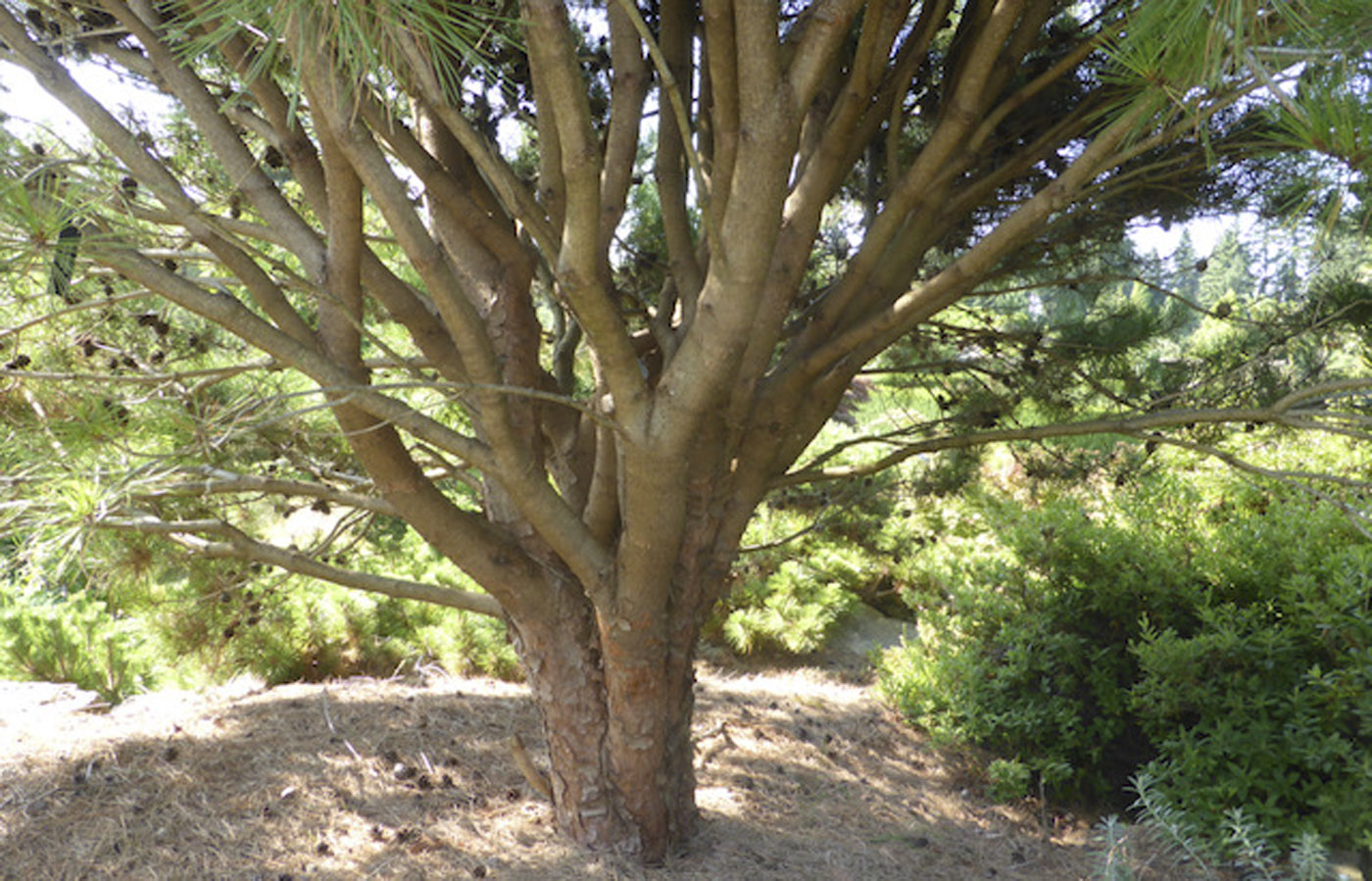
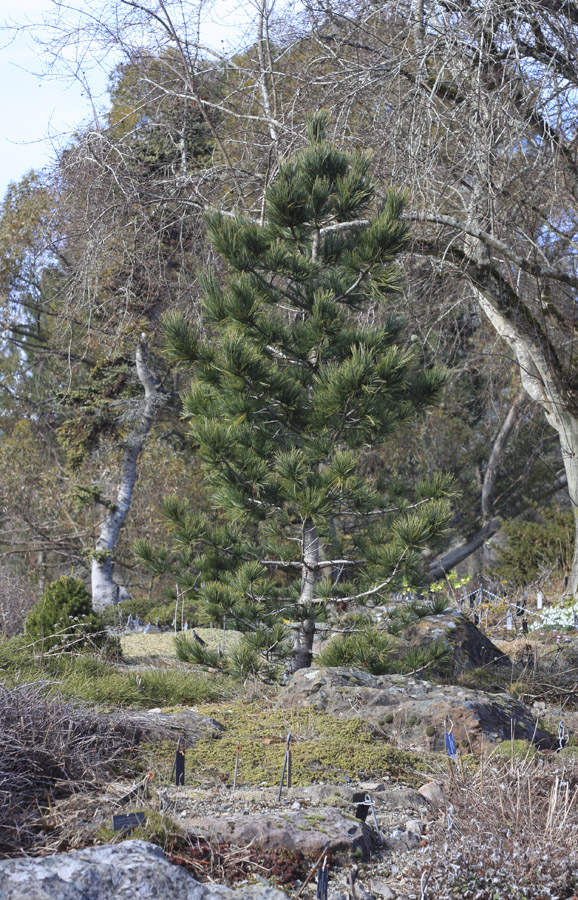
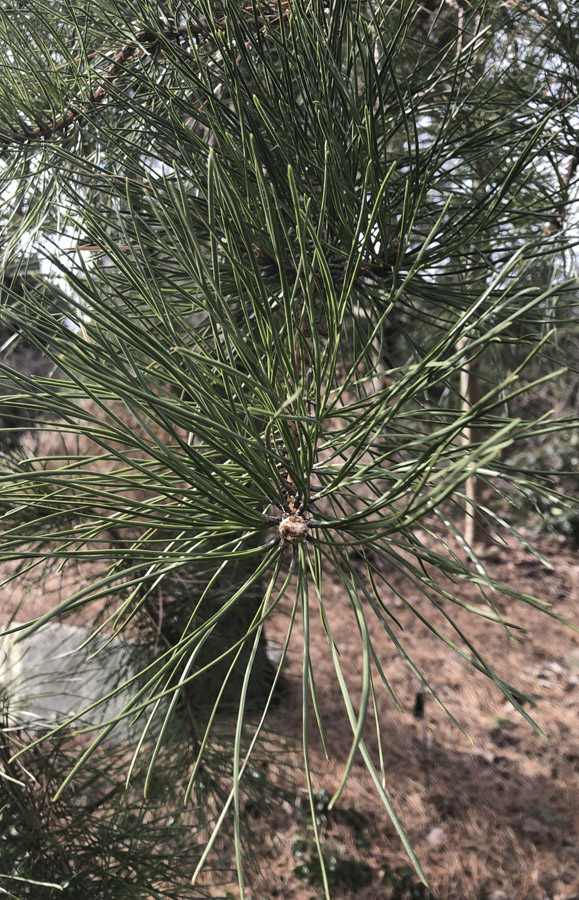
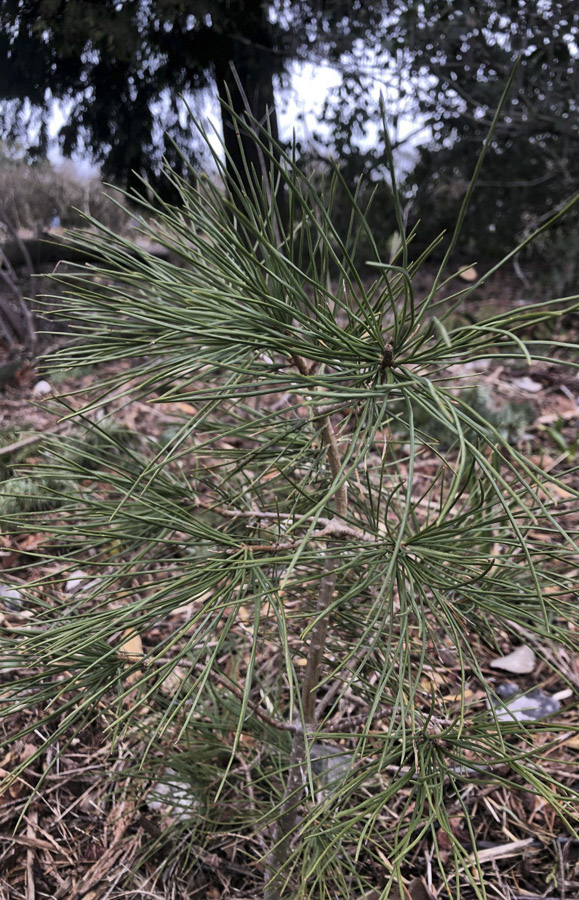


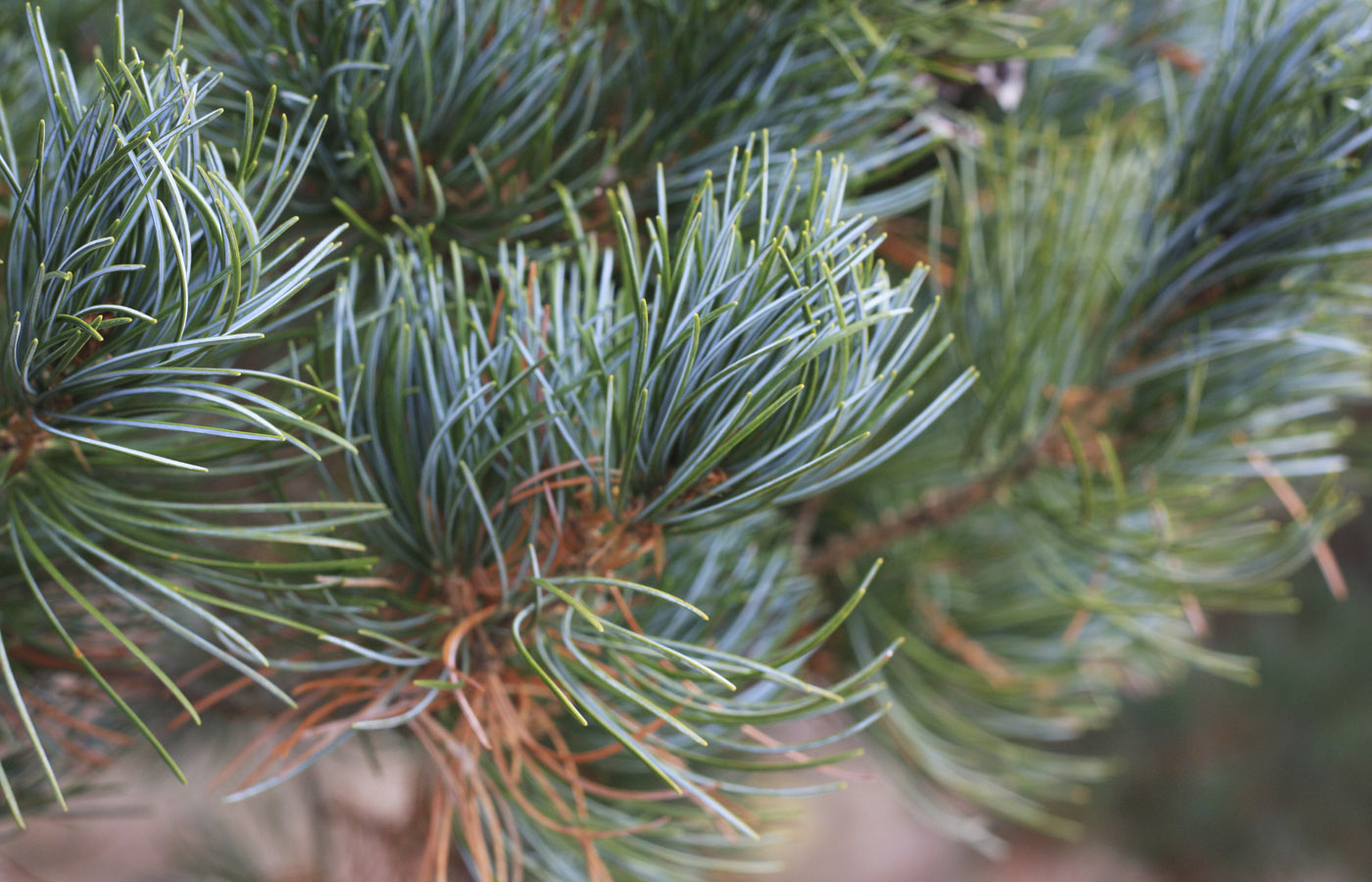
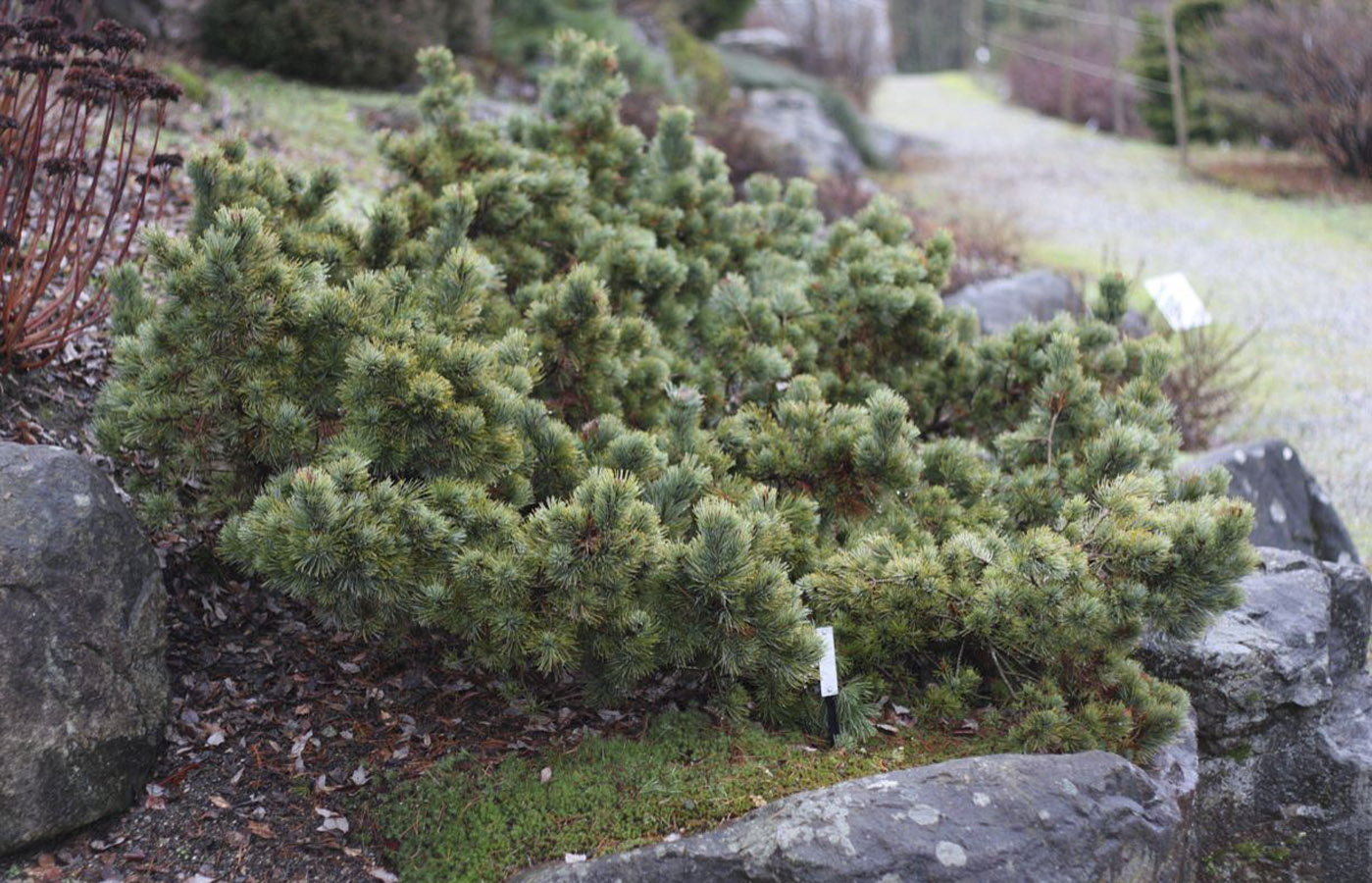
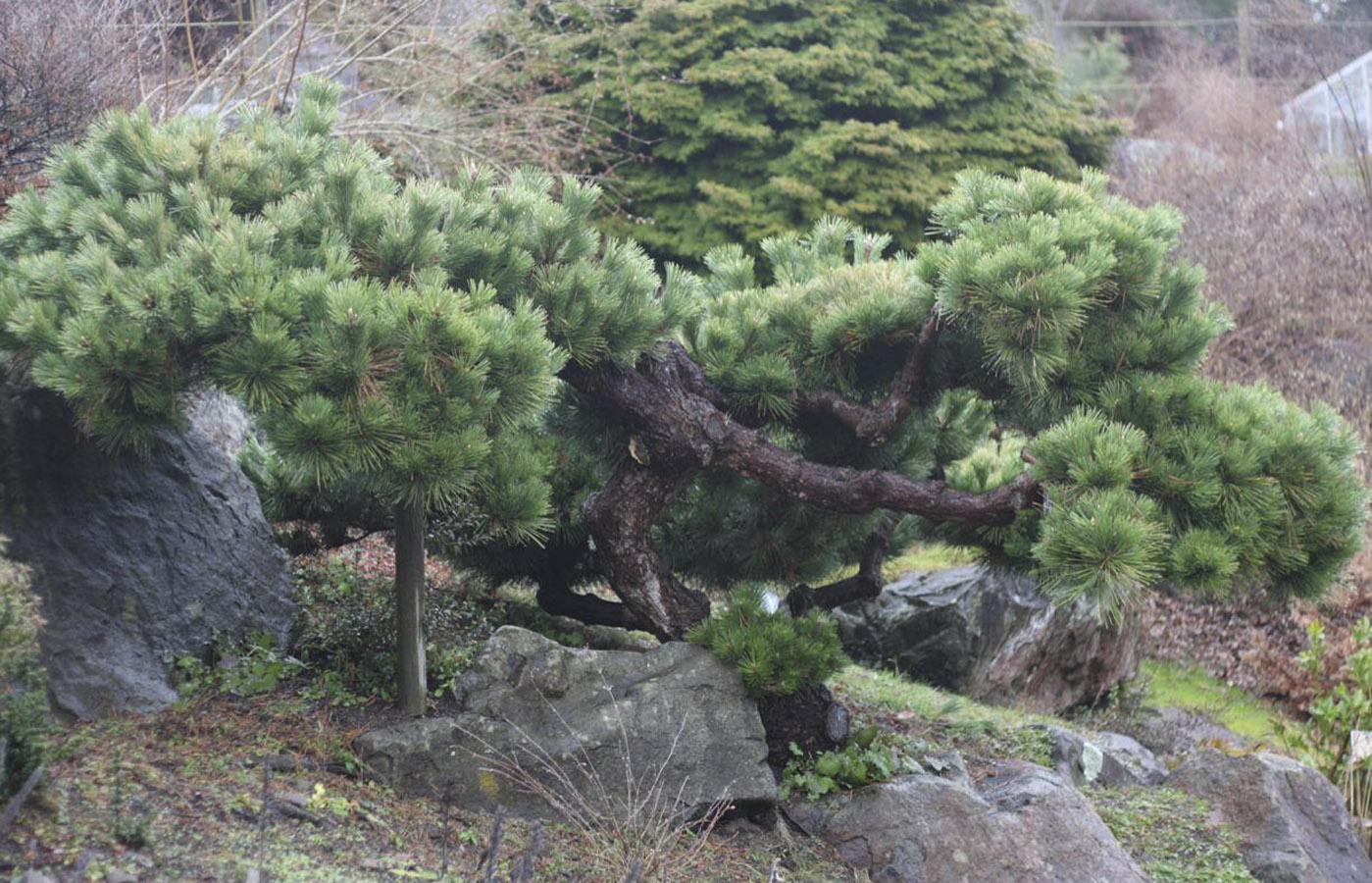
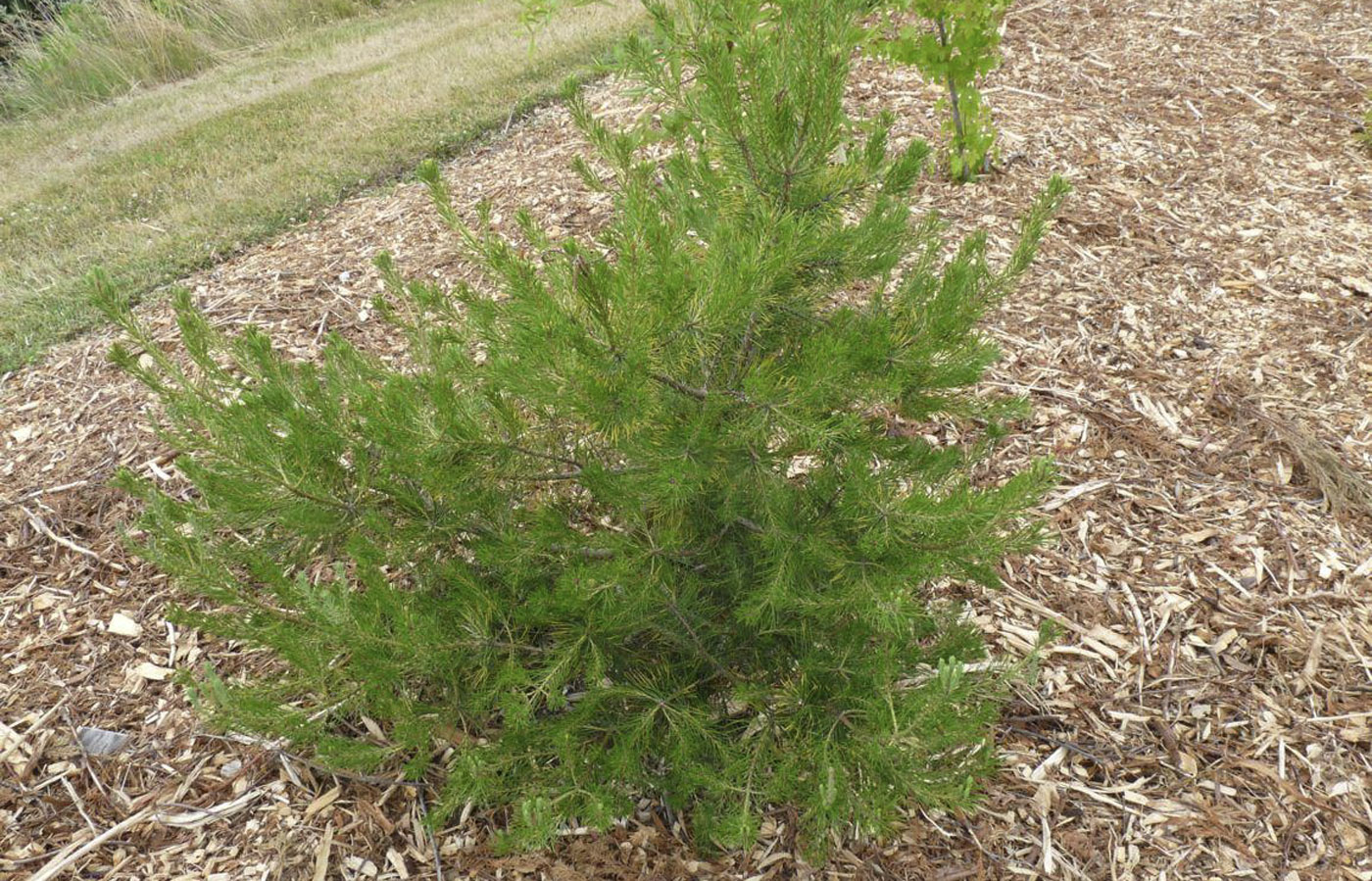
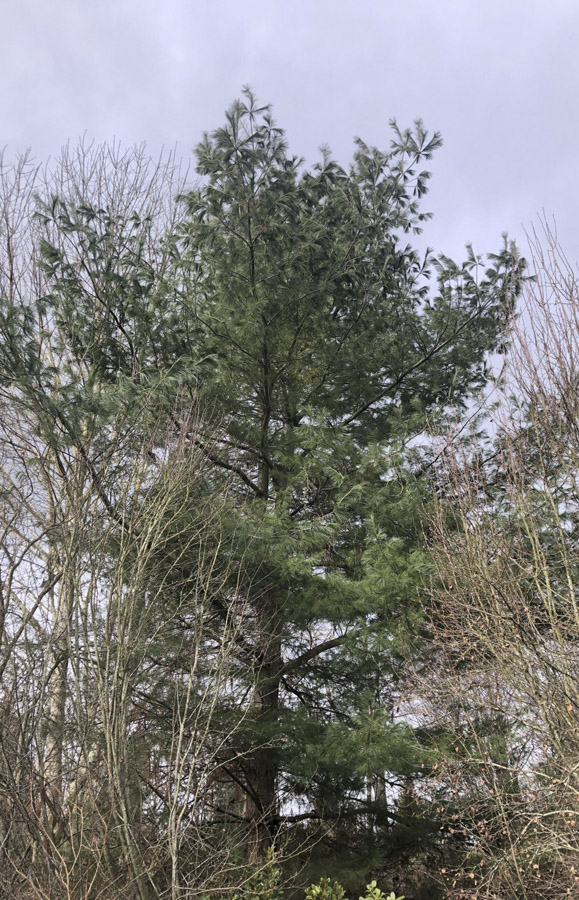
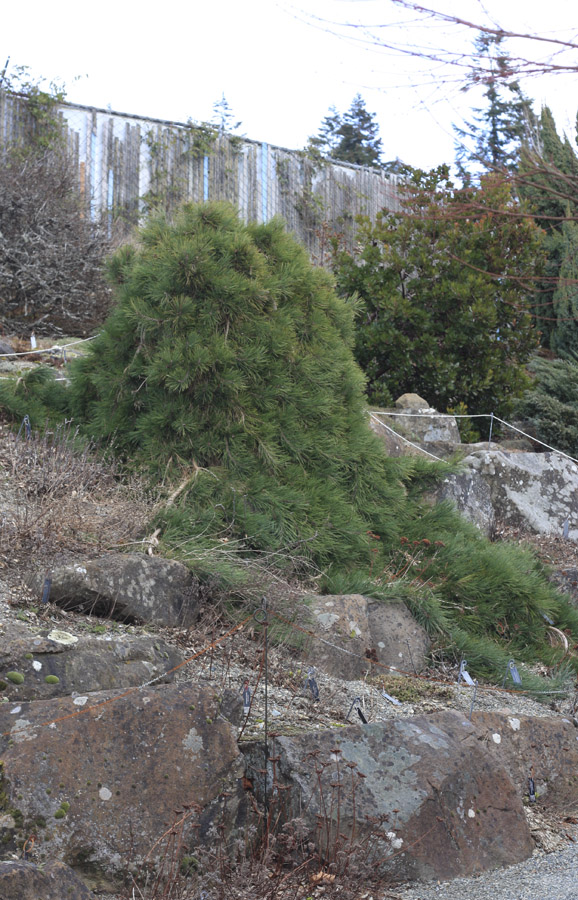

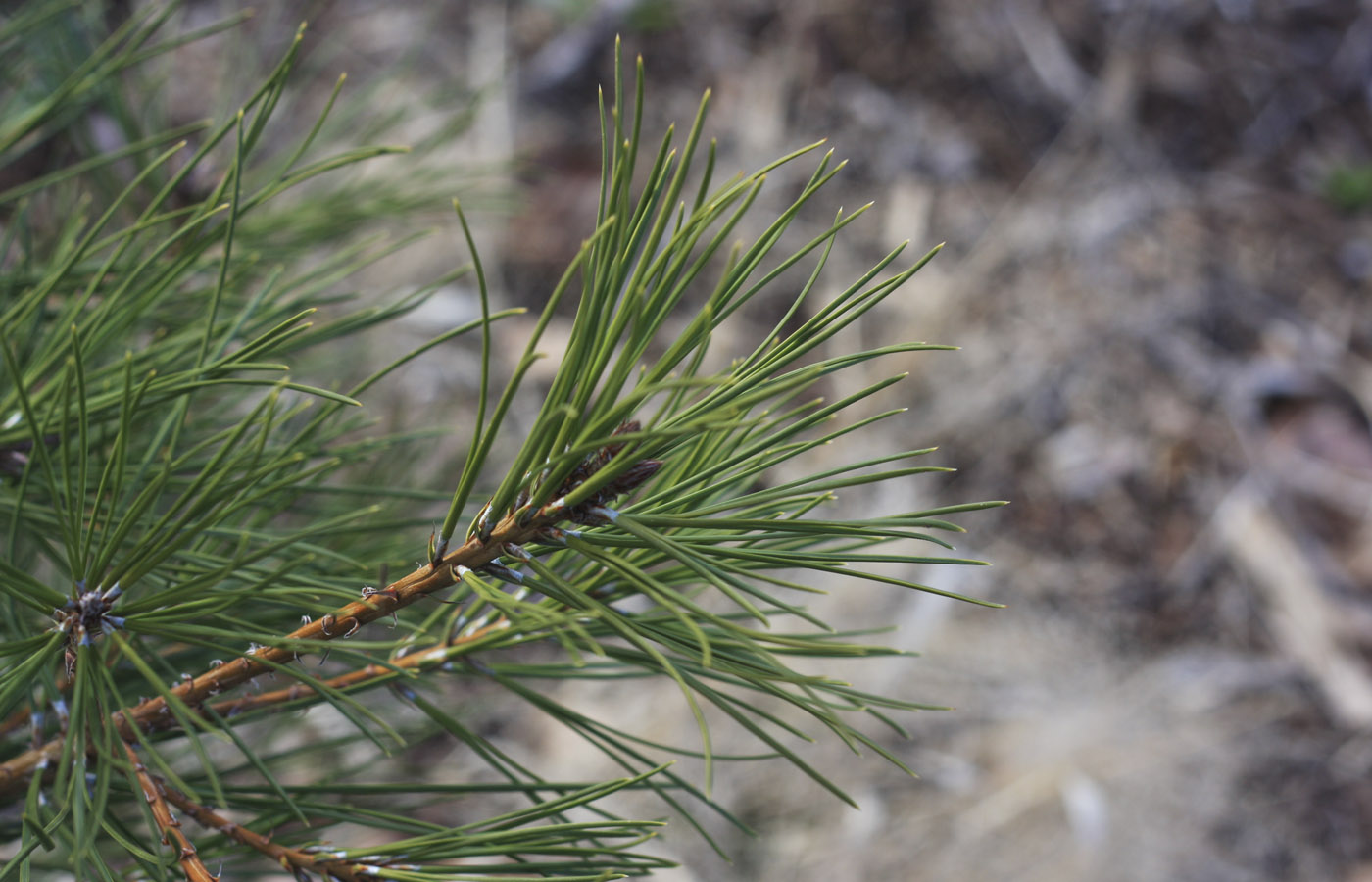

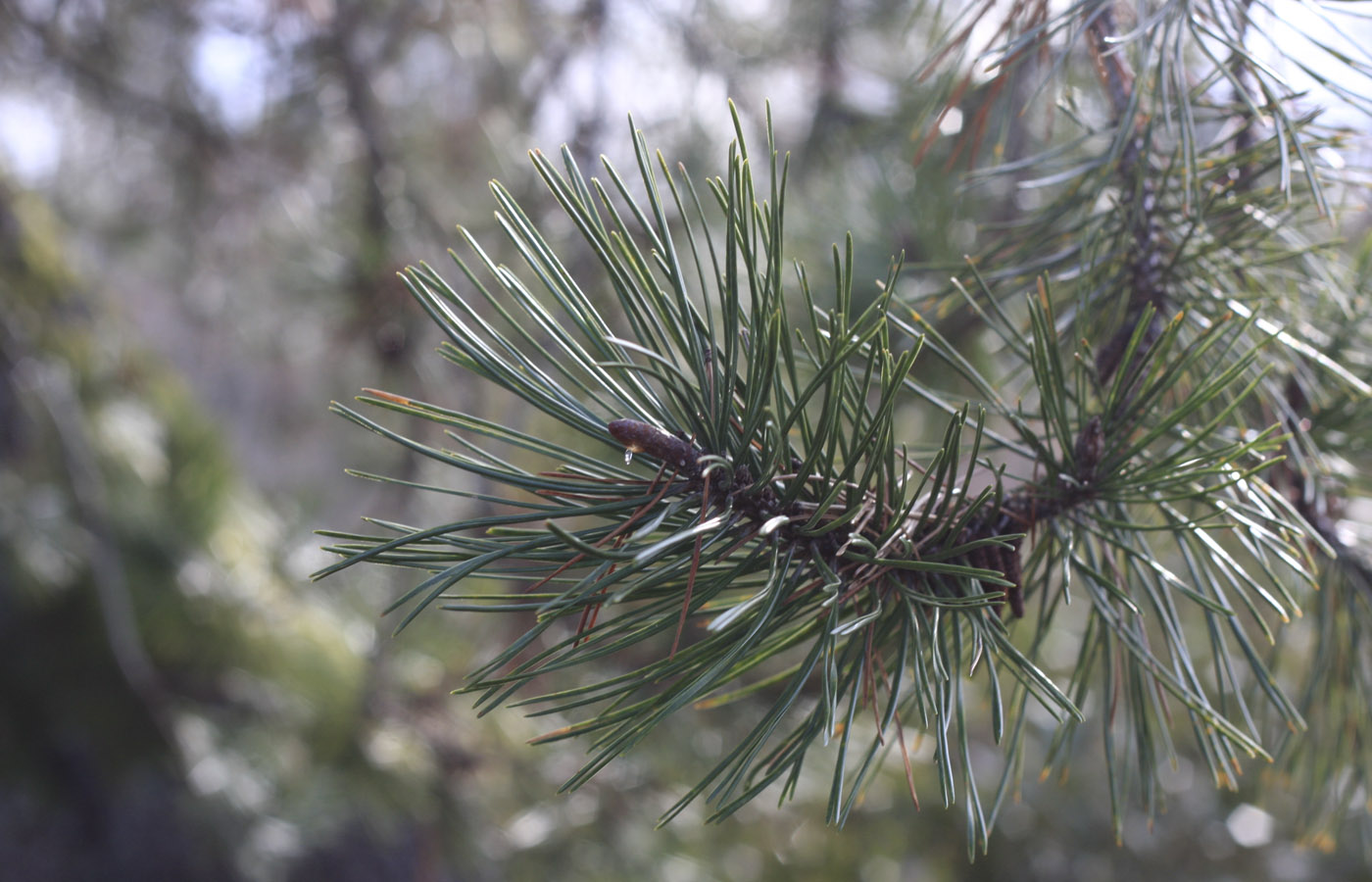



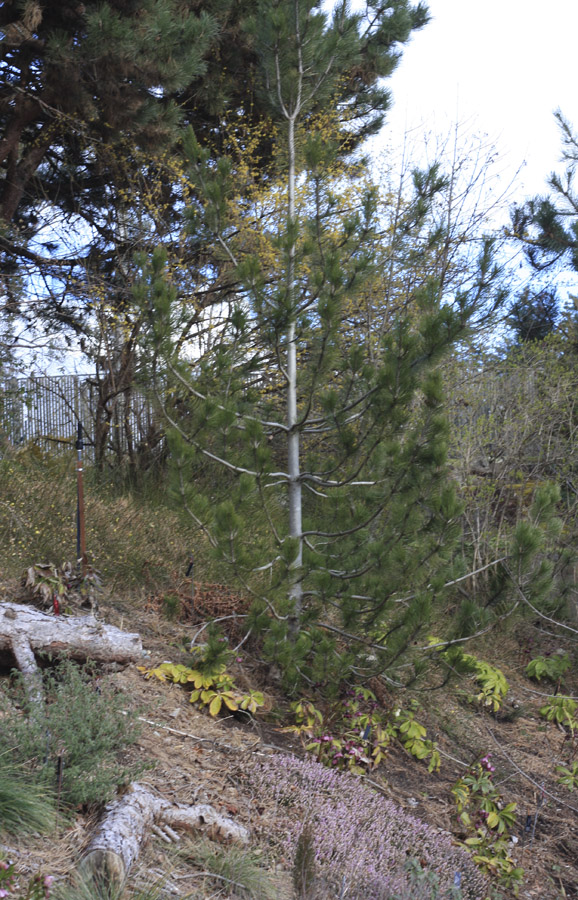

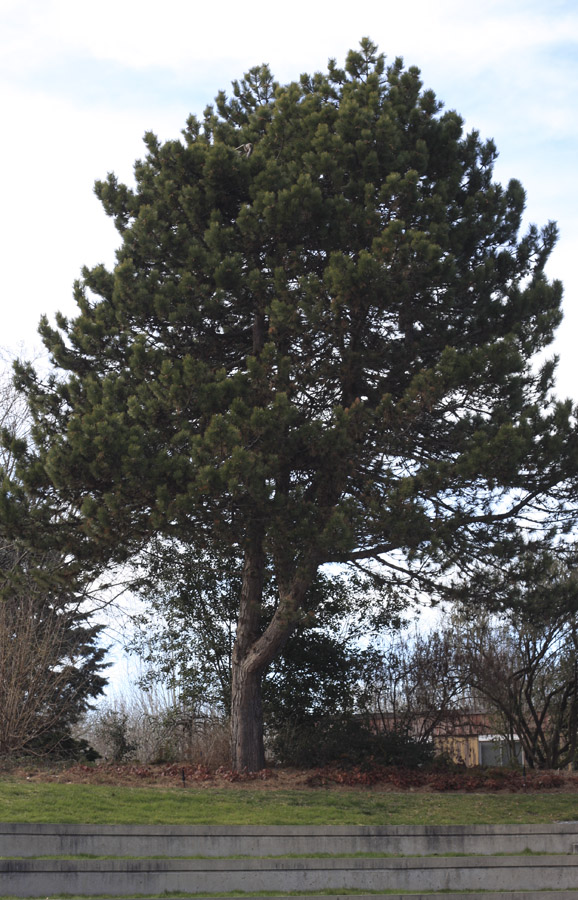
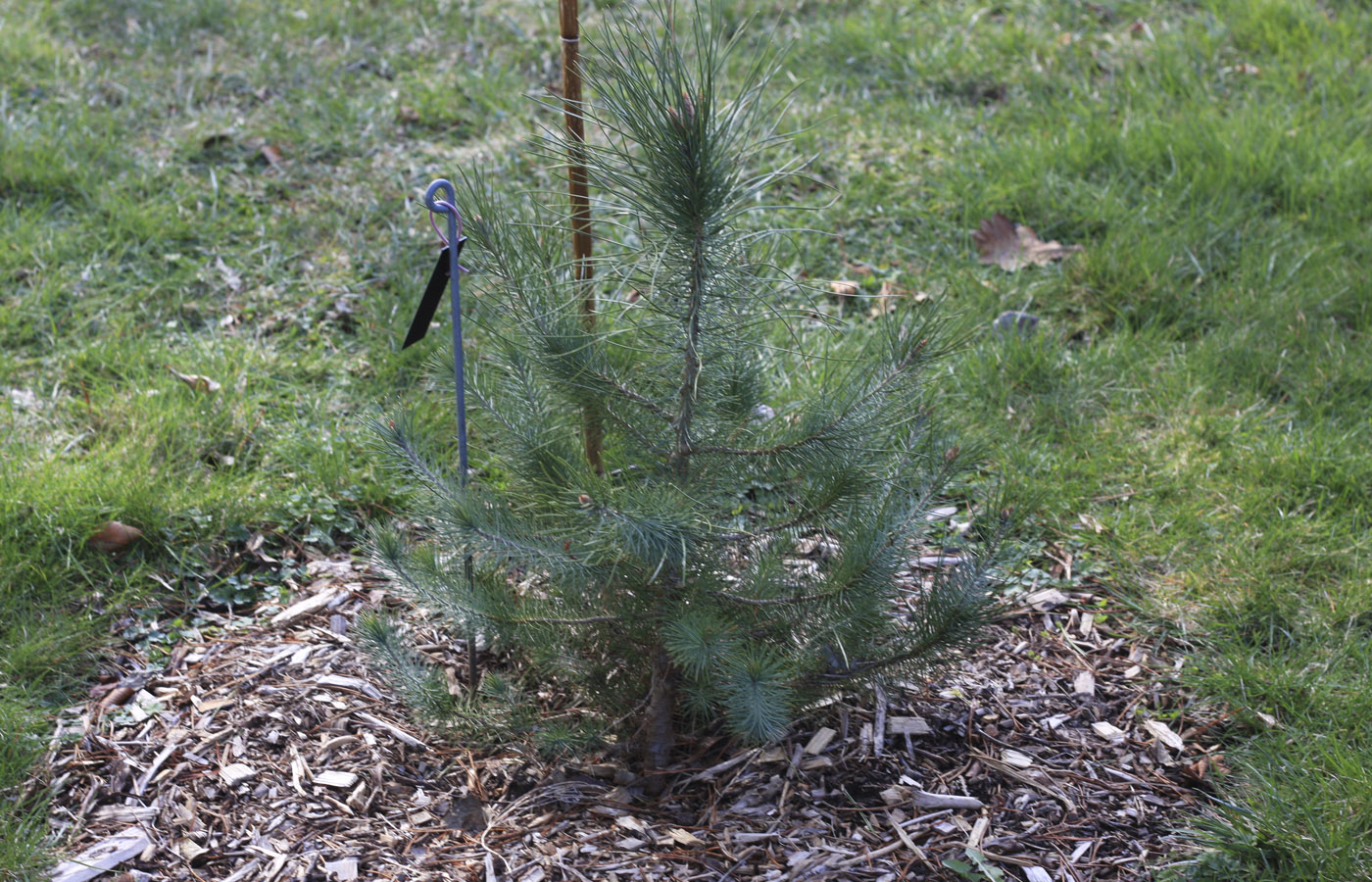


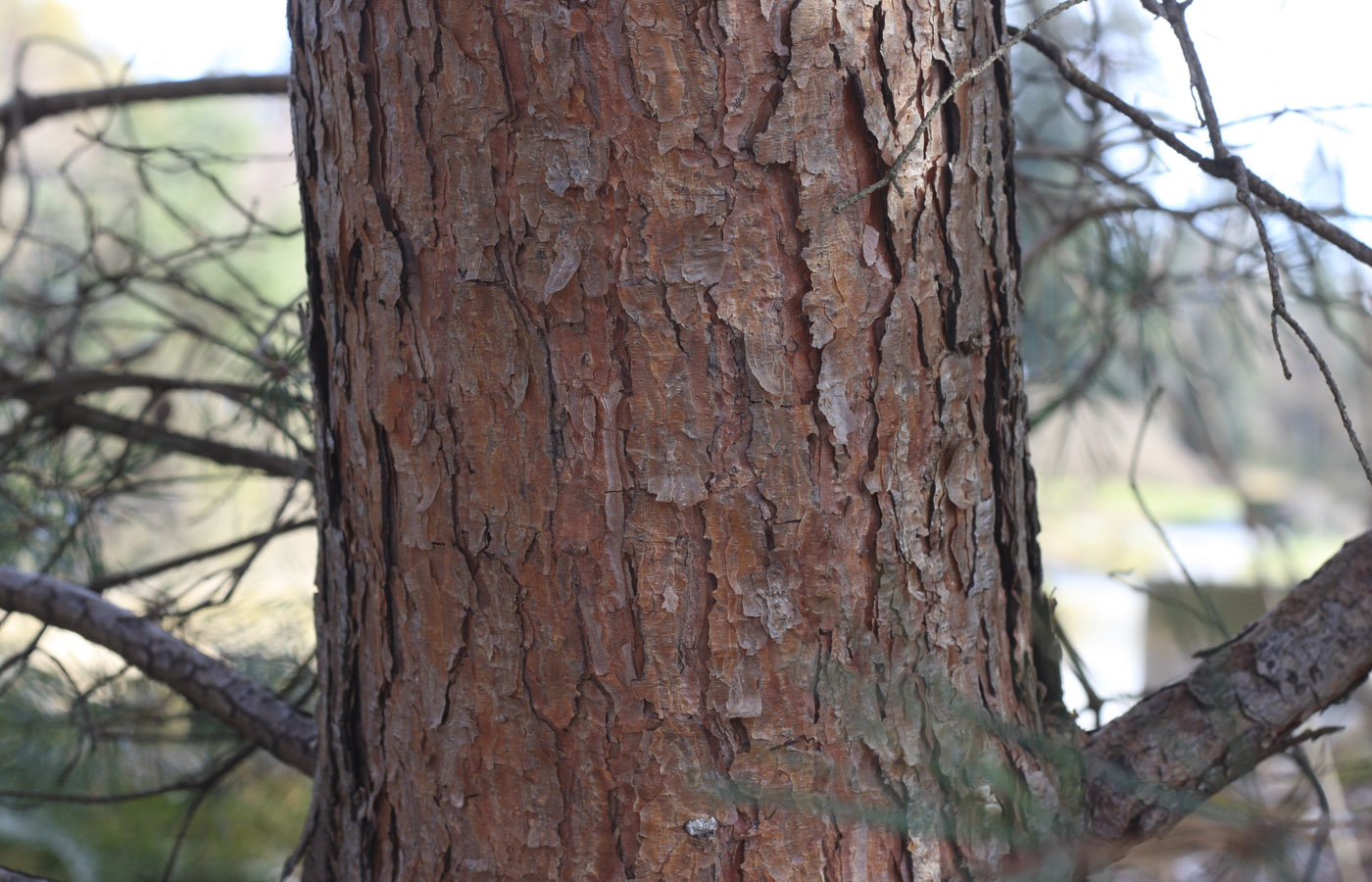
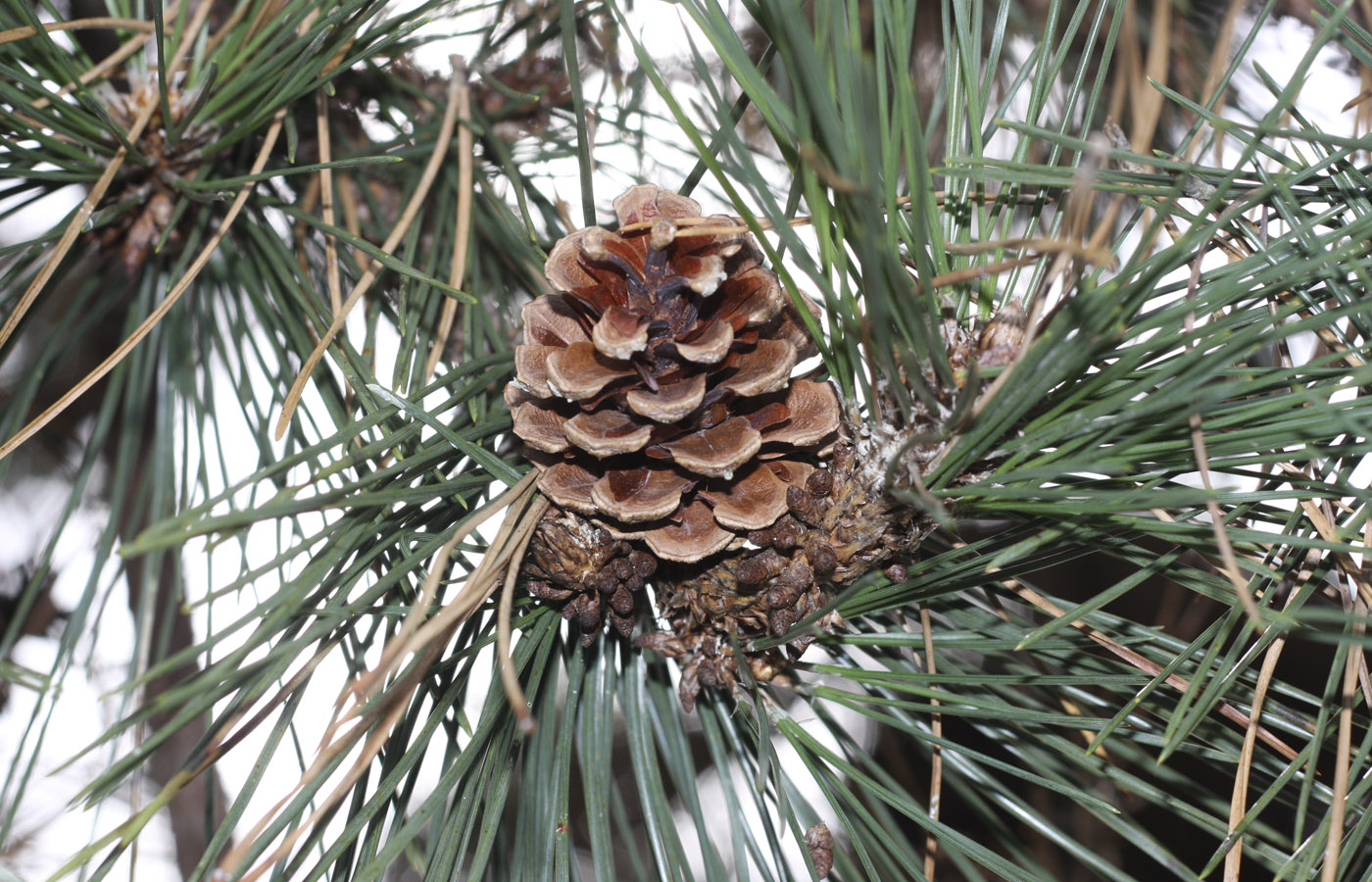
Great informative article.
thank you!
So well written and informative along with the very good photos….thank you Douglas